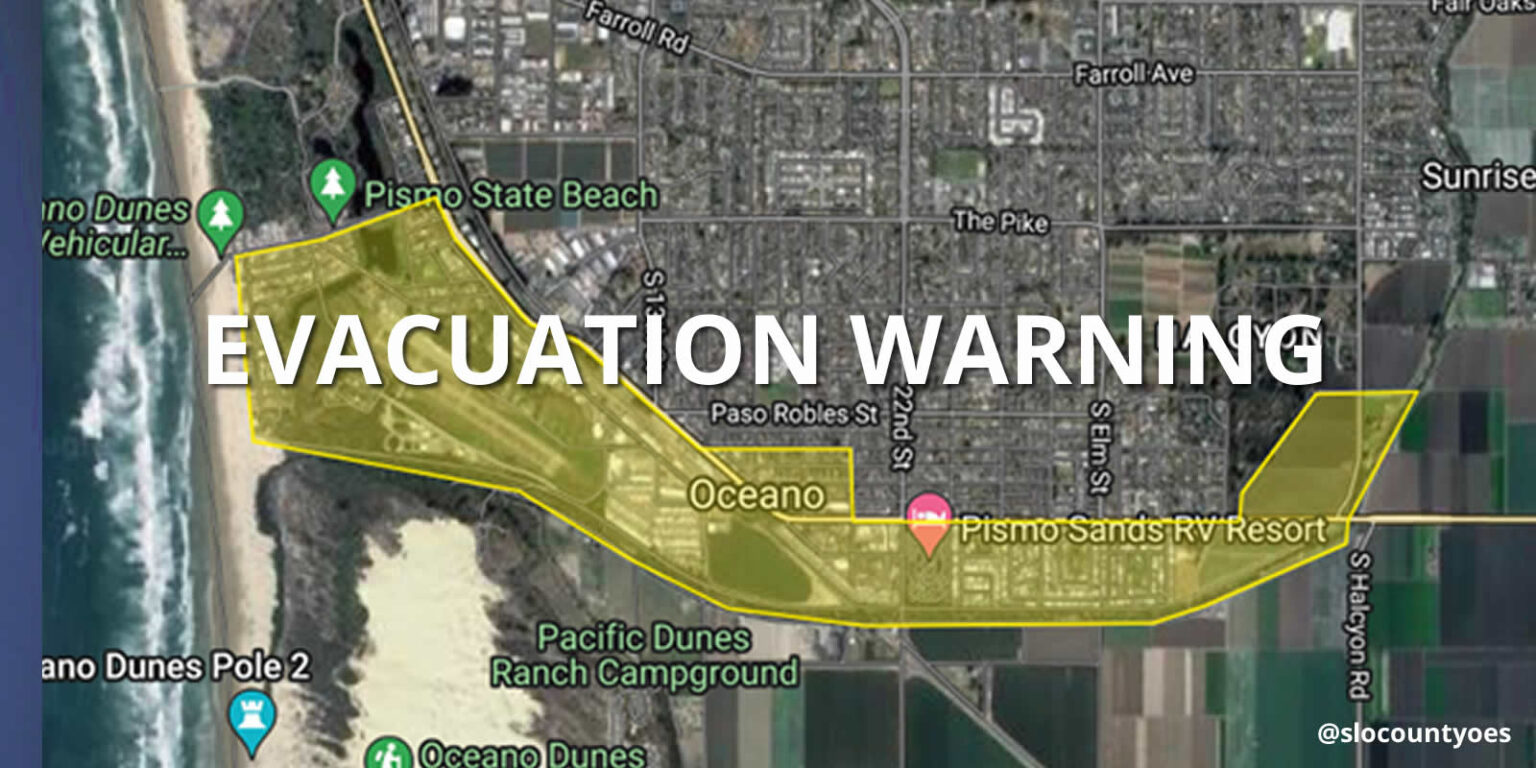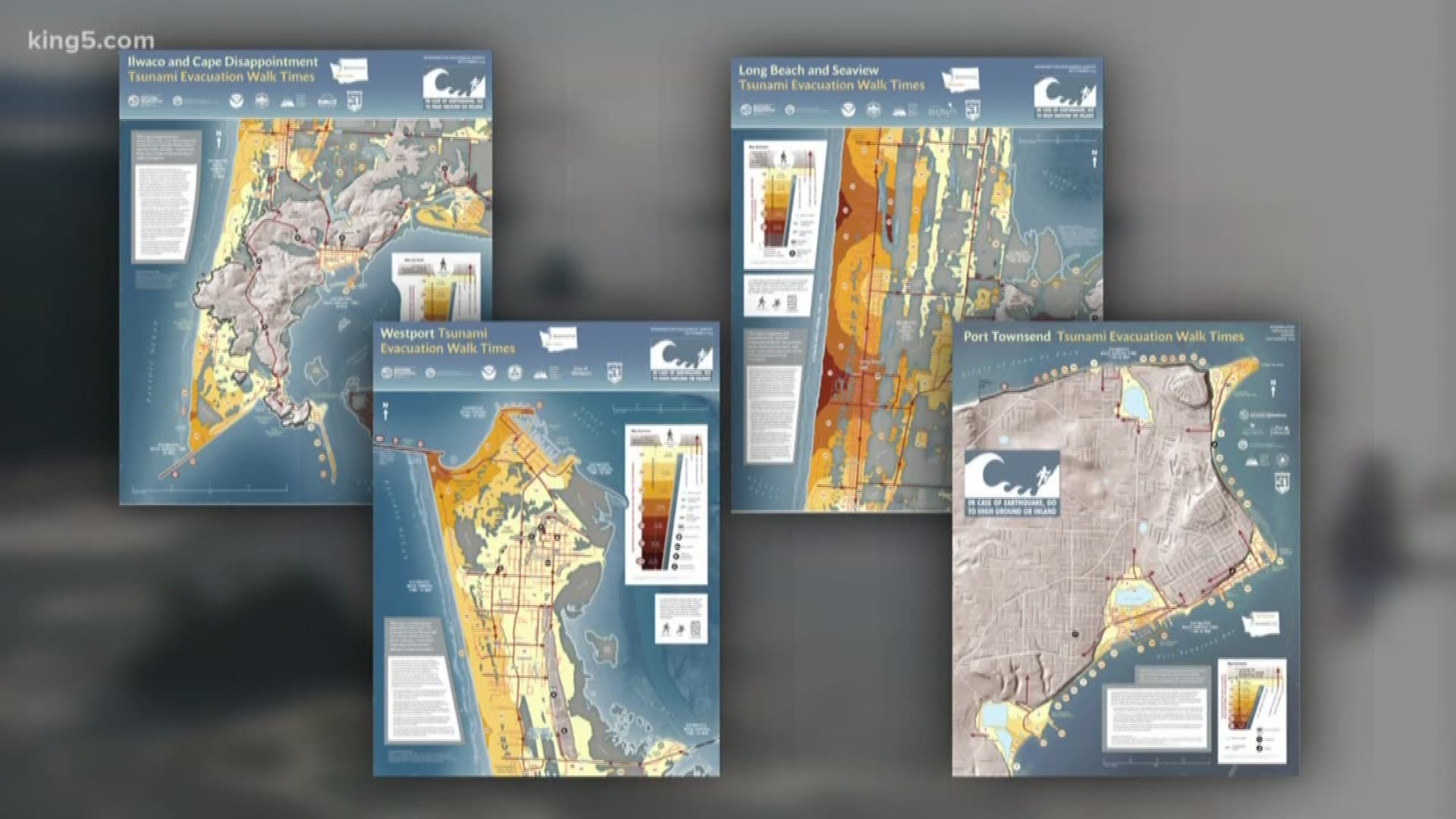Long Beach Evacuation Order: Understanding the Implications for Residents and Visitors
Long Beach, California, is a vibrant coastal city known for its beautiful beaches, outdoor recreational opportunities, and thriving cultural scene. However, the city has recently faced a critical situation that requires immediate attention. An evacuation order has been issued for a significant portion of the city, leaving residents and visitors wondering what this means for them and how they should proceed. In this article, we will break down the information available about the evacuation order, the reasons behind it, and what residents and visitors can expect.
Evacuation Order: What You Need to Know
The evacuation order is a declaration by local authorities that a specific area is at risk of being affected by a natural disaster, such as a tsunami, earthquake, or wildfire. This order is issued to protect the public from potential harm, and it requires residents and visitors to leave the area immediately. The order is usually accompanied by specific instructions on where to go and what to do, as well as any other necessary information.
Understanding the Reason Behind the Evacuation Order
The evacuation order in Long Beach was issued due to a specific threat to the city's safety. In this case, the threat was caused by a potential tsunami warning, which indicated that a tsunami wave was possible in the area. This warning was issued by local authorities after an earthquake was detected in the region, which could have triggered a tsunami.
Why is the Evacuation Order Necessary?
The evacuation order is necessary to protect the public from potential harm. A tsunami can cause widespread destruction and loss of life, and it is essential to evacuate the area quickly to minimize the risk of injury or death. Additionally, an earthquake can cause widespread damage to buildings and infrastructure, and evacuation is necessary to ensure public safety.
Evacuation Routes and Shelters
Residents and visitors who are required to evacuate should follow the recommended routes and seek shelter in designated areas. The evacuation routes and shelters will be clearly marked with signs and announced over local radio and television stations.
Recommended Evacuation Routes
The recommended evacuation routes will depend on the specific location and the nature of the threat. In general, residents and visitors should follow the safest route possible to avoid traffic congestion and minimize their exposure to potential hazards.
Designated Evacuation Shelters
The designated evacuation shelters will provide a safe and secure place for residents and visitors to go in case of an emergency. These shelters will be equipped with food, water, medical supplies, and other essential items.
What to Do If You Are Ordered to Evacuate
If you are ordered to evacuate, you should follow the instructions of local authorities immediately. This may include:
- Leaving your home or business immediately
- Following the recommended evacuation route
- Seeking shelter in a designated evacuation shelter
- Staying tuned to local radio and television stations for updates and instructions
Tips for Evacuating Safely
When evacuating, it is essential to follow these tips:
- Stay calm and follow the instructions of local authorities
- Take only essential items, such as food, water, and medication
- Avoid using elevators and stairs instead
- Stay away from buildings and structures that may be affected by the tsunami or earthquake
- Be prepared for power outages and have a plan for alternative lighting and communication
What to Expect After the Evacuation Order
After the evacuation order has been lifted, residents and visitors will need to return to their homes and businesses. This may involve:
- Re-checking the area for damage and ensuring that it is safe to return
- Following any instructions from local authorities regarding repairs and cleanup
- Taking steps to prevent future hazards, such as installing tsunami warning systems or earthquake-resistant construction
Returning to Your Home
When returning to your home, be sure to:
- Check for damage and hazards, such as broken glass or loose debris
- Avoid entering your home until it has been cleared and inspected by a professional
- Follow any instructions from local authorities regarding repairs and cleanup
Conclusion
The evacuation order in Long Beach is a serious situation that requires immediate attention. By understanding the reasons behind the evacuation order, the recommended evacuation routes and shelters, and what to do if you are ordered to evacuate, residents and visitors can take the necessary steps to protect themselves and their loved ones. Remember to stay calm, follow the instructions of local authorities, and take necessary precautions to ensure your safety.
Additional Resources
- For the latest information on the evacuation order and instructions, please visit the City of Long Beach's official website or contact the Long Beach Emergency Management office.
- For emergency assistance and support, please contact the American Red Cross or the National Weather Service.
- For information on tsunami safety and preparedness, please visit the National Oceanic and Atmospheric Administration's (NOAA) website.
Is Lee Ingleby Married
Breckie Hill
Judd Nelson
Article Recommendations
- Linda Kozlowski
- Cinemas
- Jackoherty
- Aishahd
- Lyna Perez
- Charissa Thompson
- Matt Czuchry Relationship
- Beyonc
- Arielle Kebbel Husband
- Mckinley Richardson Of



